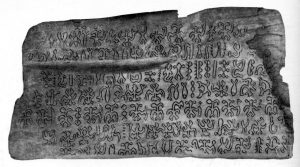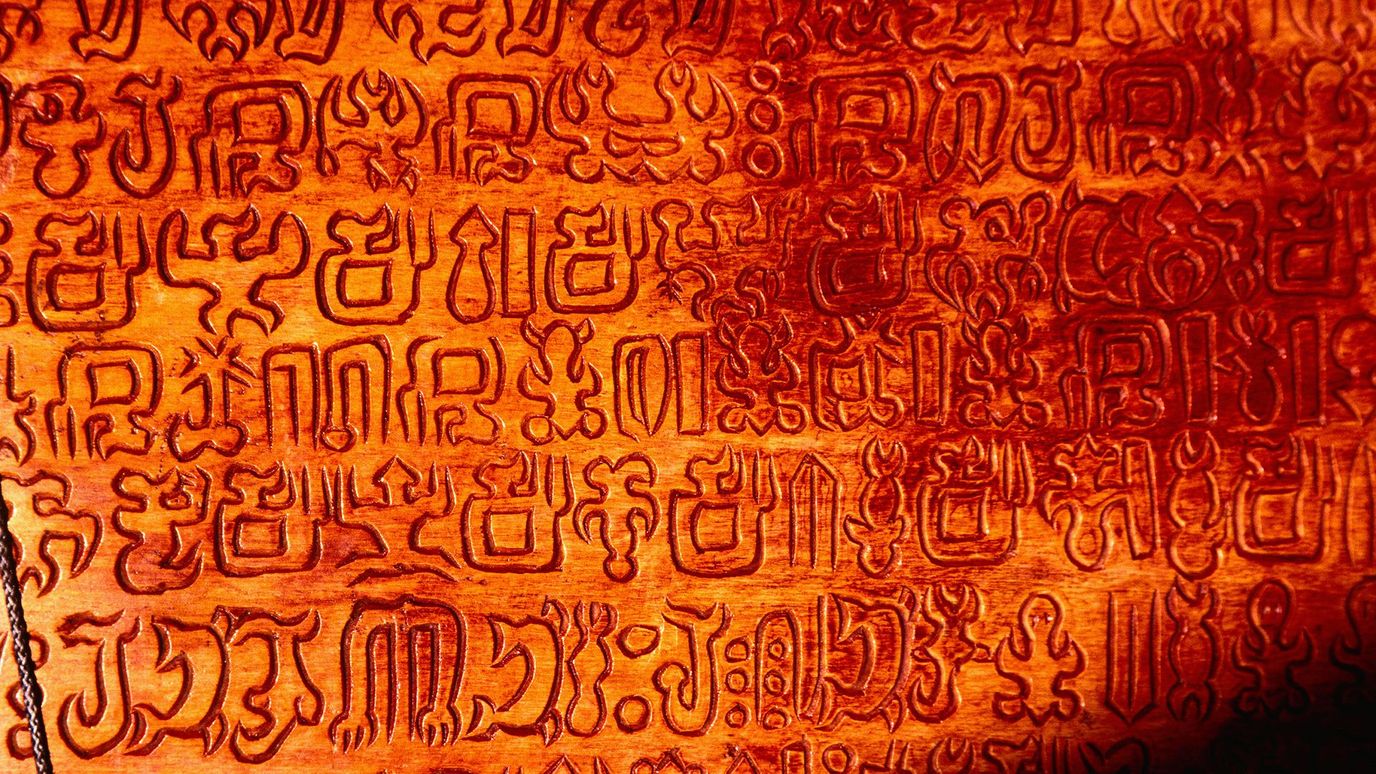Unfortunately, at the time when Eugene Eyraud saw the hieroglyphs on the boards in the homes of local people and translator for windows 10, even they did not know what these engravings meant and how they were translated. Since then, for more than 150 years, many have tried to solve the riddle of the rongo-rongo tablets, but nothing good has come of it. From the Rapanui language, “rongo-rongo” is translated as “to  express.” Moreover, initially this word sounded like “kho hao moto marongo-rongo”, which in translation means “writing for the presentation of speech, carved on a tree.” Scientists can only guess that these manuscripts are the Rapanui script. The plaques depict silhouettes of people, animals and plants, as well as geometric shapes. Moreover, some of the drawings are grouped, thereby forming complex combinations, the meaning of which has not yet been figured out.
express.” Moreover, initially this word sounded like “kho hao moto marongo-rongo”, which in translation means “writing for the presentation of speech, carved on a tree.” Scientists can only guess that these manuscripts are the Rapanui script. The plaques depict silhouettes of people, animals and plants, as well as geometric shapes. Moreover, some of the drawings are grouped, thereby forming complex combinations, the meaning of which has not yet been figured out.
But the most unique feature of rongo-rongo is that manuscripts should not be read from left to right and not from top to bottom, but according to the principle of mirror boostrophedon: hieroglyphs are read from the lower left corner to the right to the end of the line, after which the tablet is turned over one hundred and eighty degrees, and the next line is read.
Scientists have discovered that one of the twenty-six tablets of the rongo-rongo is related to the lunar calendar, but the other 25 tablets have not yet been translated. It is likely that the translation of the Rongo-Rongo language will not be possible soon, although there is still hope that one of the most important parts of the Rapanui culture will not be lost forever.



